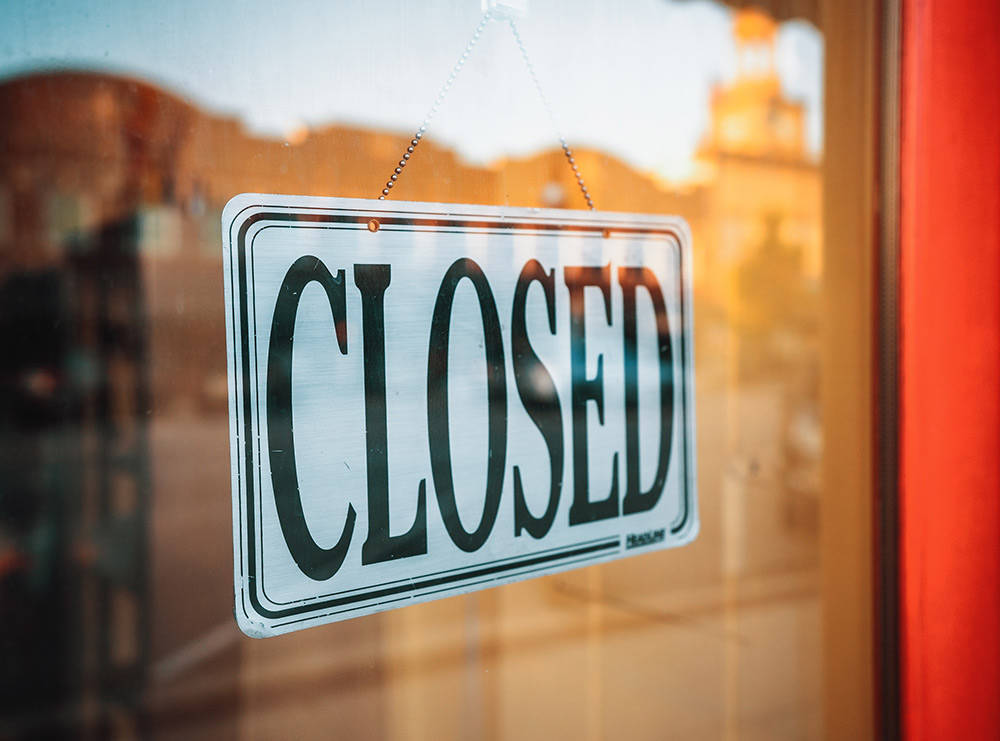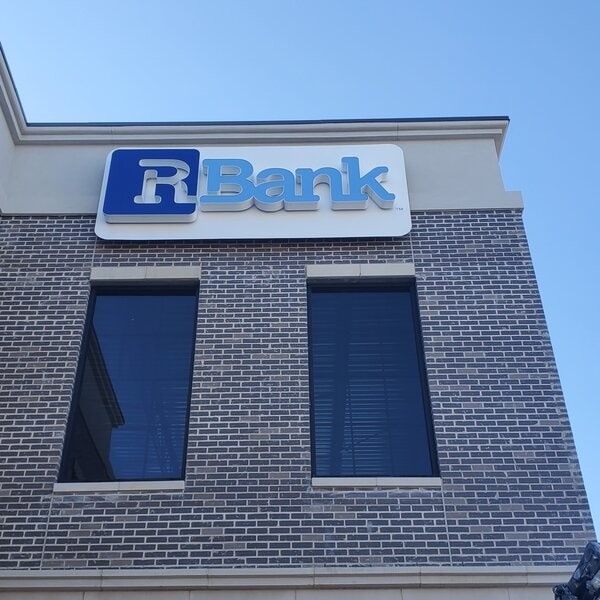In an increasingly competitive market, businesses are constantly searching for marketing channels that deliver consistent visibility without recurring costs. Vehicle wraps stand out as one of the most effective solutions. Unlike digital ads that stop the moment budgets run out, vehicle wraps work continuously—day and night, parked or in motion—quietly generating brand awareness and leads around the clock.
This article explains how vehicle wraps function as a 24/7 lead-generation tool and why they remain one of the highest-ROI investments for local and service-based businesses.
What Makes Vehicle Wraps a 24/7 Marketing Asset?
A vehicle wrap transforms your company vehicle into a moving billboard. Every time the vehicle is driven, parked, or stopped at a signal, your brand is exposed to potential customers. There are no operating hours, no clicks to pay for, and no monthly fees. The exposure is constant.
Whether your vehicle is on the road during business hours, parked overnight in a residential area, or sitting outside a job site, it continues to advertise your services. This uninterrupted visibility is what makes vehicle wraps fundamentally different from most other marketing channels.
High-Frequency Local Exposure Builds Brand Recall
People trust what they recognize. When potential customers repeatedly see your branded vehicle in their neighborhood, on their commute, or near their workplace, your business becomes familiar—even before they need your services.
This repeated exposure builds brand recall. When a customer eventually needs a plumber, electrician, landscaper, or delivery service, the brand they have already seen multiple times feels like the safest choice. Vehicle wraps do not rely on immediate conversion; they build long-term trust that converts when demand arises.
Targeted Reach Without Targeting Costs
Digital marketing requires constant optimization to reach the “right audience.” Vehicle wraps naturally solve this problem. Your vehicle operates in the exact areas where you provide services—your real service radius.
If your business serves specific neighborhoods, industrial areas, or commercial districts, your wrapped vehicle is already advertising directly to your ideal customer base. This makes vehicle wraps especially powerful for local businesses because impressions are highly relevant, not wasted on distant or uninterested audiences.
Visual Impact Drives Inbound Leads
A professionally designed vehicle wrap does more than display a logo. It communicates credibility, scale, and professionalism in seconds. Clean typography, strong colors, clear messaging, and a visible call-to-action work together to turn impressions into inquiries.
Common lead drivers on effective wraps include:
-
A bold, readable business name
-
A short service description
-
Phone number or website URL
-
Trust indicators such as “Licensed & Insured” or years in business
When designed correctly, a wrap prompts action. Many businesses report customers saying, “I saw your truck and saved your number,” or “I see your vehicles everywhere.” These are direct leads generated without any ongoing advertising spend.
Works Even When the Vehicle Is Parked
One of the most overlooked advantages of vehicle wraps is parked exposure. Vehicles are often parked for long periods outside homes, offices, warehouses, job sites, and apartment complexes.
A parked wrapped vehicle can generate hundreds of impressions per day in high-traffic areas. Unlike a static billboard that stays in one location, your parked vehicle changes locations frequently, expanding exposure without additional cost.
This passive advertising effect is especially valuable for service businesses whose vehicles remain on-site for hours at a time.
Long-Term ROI Compared to Other Marketing Channels
Most advertising channels are temporary. Social ads, search ads, print ads, and sponsored listings stop working once payment stops. Vehicle wraps, by contrast, are a one-time investment that can last five to seven years with proper care.
Over its lifespan, a single wrapped vehicle can generate tens of thousands of impressions at a cost per impression that is significantly lower than digital or print advertising. Every lead generated after installation effectively reduces the cost further, increasing ROI over time.
For businesses focused on sustainable growth rather than short-term spikes, this makes vehicle wraps an exceptionally efficient channel.
Supports and Strengthens Other Marketing Efforts
Vehicle wraps do not replace digital marketing—they amplify it. When potential customers see your vehicle and later search your business online, the recognition increases click-through rates and trust.
Consistency between your vehicle wrap design, website branding, Google Business profile, and signage reinforces legitimacy. Customers are more likely to contact a business that looks established and professional across all touchpoints.
In this way, vehicle wraps act as the physical anchor of your brand presence.
Ideal for Service-Based and Local Businesses
Vehicle wraps are particularly effective for:
-
Home service providers (HVAC, plumbing, electrical, cleaning)
-
Contractors and construction companies
-
Delivery and logistics businesses
-
Real estate professionals
-
Local retailers with delivery vehicles
Any business that operates vehicles regularly can convert daily travel into lead-generation opportunities.
Final Thoughts
Vehicle wraps generate leads 24/7 because they never stop working. They deliver constant local visibility, build brand trust through repetition, and convert impressions into inbound inquiries—all without ongoing costs.
For businesses seeking a reliable, long-term marketing asset that complements digital strategies and produces measurable results, vehicle wraps are not just branding tools; they are silent salespeople operating every hour of every day.







